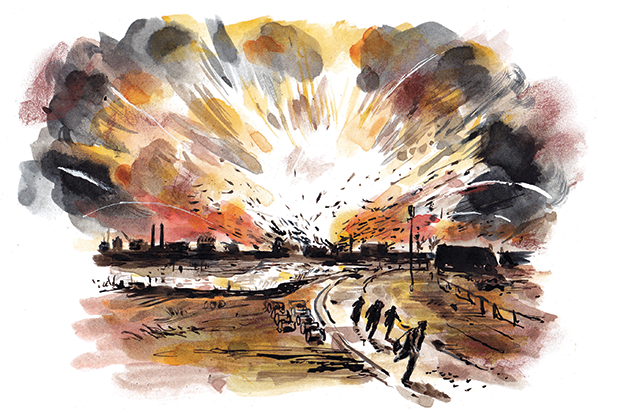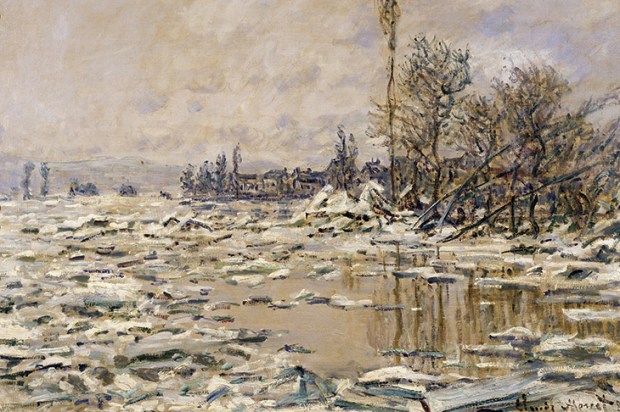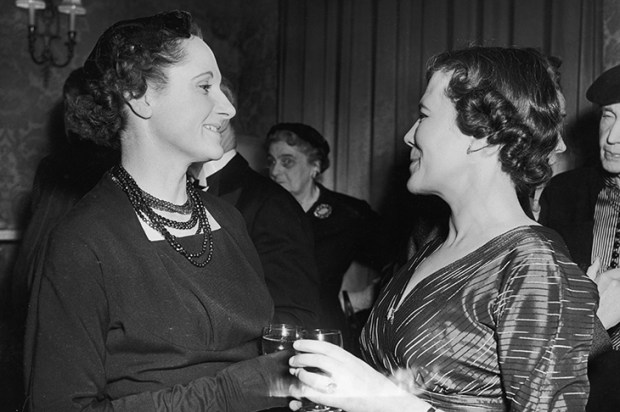The story is an interesting one. Gunpowder had to be manufactured. In 1916 one of the places dedicated to the dangerous and difficult task was remote Kent. A fire broke out and led to a series of huge explosions. Deaths and injuries were not widely specified at the time for reasons of morale, but 109 men and boys were killed.
Already a subscriber? Log in
Subscribe for just $2 a week
Try a month of The Spectator Australia absolutely free and without commitment. Not only that but – if you choose to continue – you’ll pay just $2 a week for your first year.
- Unlimited access to spectator.com.au and app
- The weekly edition on the Spectator Australia app
- Spectator podcasts and newsletters
- Full access to spectator.co.uk
Or
Unlock this article
Available from the Spectator Bookshop, £15.99 Tel: 08430 600033














Comments
Don't miss out
Join the conversation with other Spectator Australia readers. Subscribe to leave a comment.
SUBSCRIBEAlready a subscriber? Log in